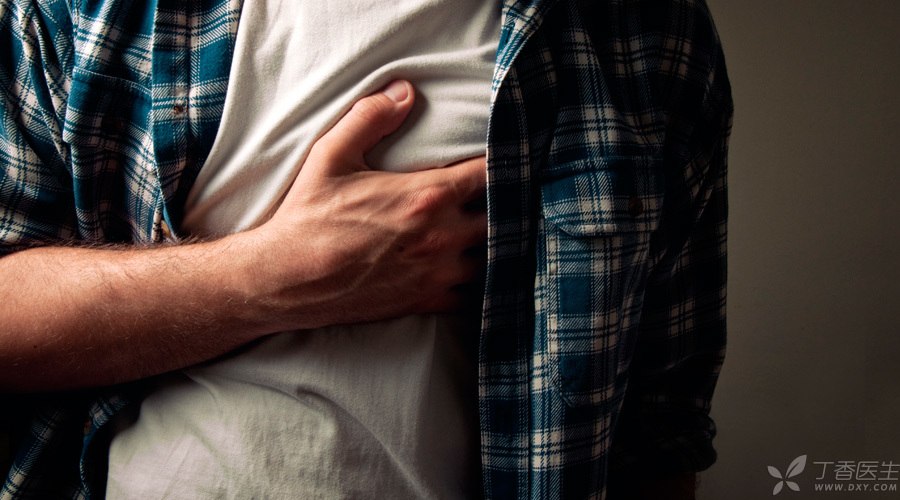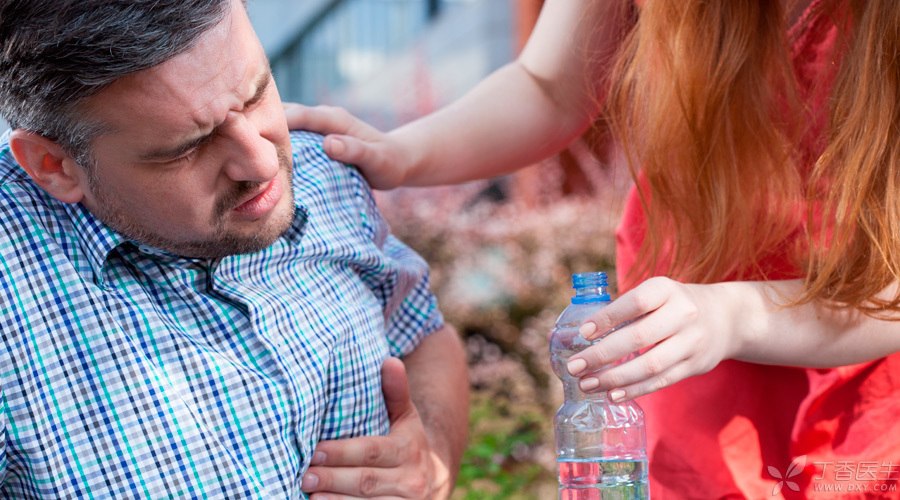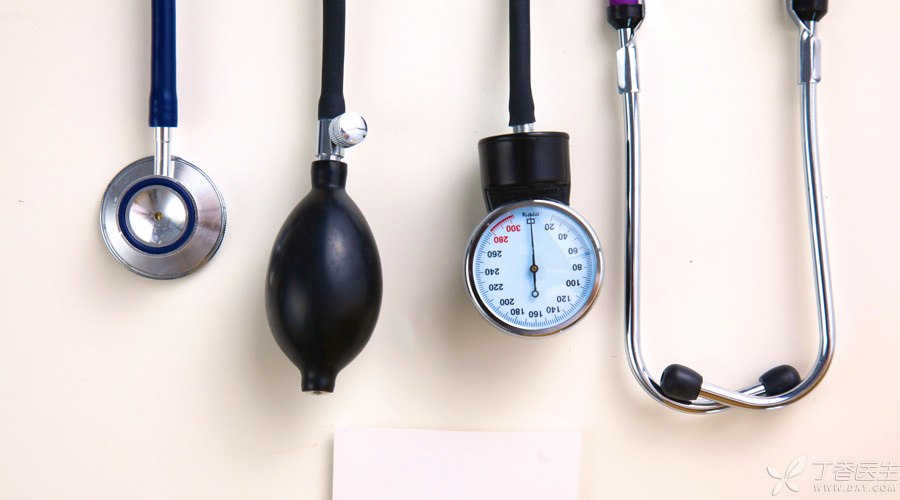
More and more people suffer from coronary heart disease (coronary atherosclerotic heart disease), and the age of patients also tends to be younger.
Coronary artery is a blood vessel that delivers blood to the heart itself. Stenosis, blockage and thrombosis of this artery can cause angina pectoris and even acute myocardial infarction, which is fatal and very dangerous.
Therefore, how to identify myocardial infarction early and how to save ourselves and each other need each of us to understand. This time, the experienced emergency Nighthawk teacher will tell you how to properly handle heart attacks.
At the critical time, the knowledge and skills we have mastered can really save lives.
When these conditions occur, be aware of a heart attack.
Chest stuffy pain is one of the most common symptoms of myocardial infarction. Most of them are induced by exercise, cold or emotional excitement.
In the sternum or precordial region, squeezing-like and asphyxia-like pain occurs, ranging from the size of one’s palm, with deep pain and no exact boundary. Pain may radiate to the shoulder, back and forearm, accompanied by cold sweat, dizziness and other discomfort.
Angina pectoris usually lasts for 3-5 minutes, rarely more than 15 minutes. If this time is exceeded, it is likely to be myocardial infarction.
However, the symptoms of myocardial infarction are not always so typical.
Sometimes when myocardial infarction occurs, chest pain is not very obvious, but pain in neck, back, upper abdomen and other parts occurs, and even can be manifested as toothache and sore throat.
However, some myocardial infarction does not hurt at all, but only symptoms such as fatigue, cold sweat, dizziness, nausea and vomiting.
Remind middle-aged and elderly friends, especially those who already have hypertension, diabetes, etc. or have been diagnosed with coronary heart disease in the past, to attach great importance to the above symptoms and go to the hospital in time to clarify the cause of discomfort.
These folk remedies will only delay first aid.

When acute myocardial infarction occurs, coronary blood flow is interrupted and the affected myocardium is injured and necrotic. The earlier measures are taken, the more conducive to the survival of myocardium.
However, the three widely circulated [myocardial infarction self-help] methods mentioned below are ineffective! So don’t use it!
Cough for self-help, slapping for first aid, bloodletting of fingers.
Frequent and vigorous cough will increase the body’s oxygen consumption, increase the burden on the heart, but will induce cardiac arrest.
Myocardial infarction is a stenosis and blockage of blood vessels supplying the heart. Beating other parts at this time cannot solve the problem. Moreover, blood vessel blockage cannot be dredged by beating with external force.
However, it is even more absurd to puncture ten fingers and squeeze out a few drops of blood to treat myocardial infarction. It will only delay precious rescue time.
Nitroglycerin, not easy to use aggravates the disease

Nitroglycerin is at the top of the list of life-saving drugs for heart diseases.
At first, it should be clear that nitroglycerin is at most an emergency and cannot save lives. After relieving symptoms, it is still necessary to go to the hospital for follow-up examination and treatment.
Nitroglycerin can dilate coronary arteries, increase the supply of blood and oxygen in coronary arteries, and reduce the consumption of myocardial oxygen, thus improving myocardial ischemia and hypoxia and relieving angina pectoris symptoms.
Myocardial infarction is different from angina pectoris. If it is angina pectoris, it can be relieved quickly after stopping activity or taking nitroglycerin sublingual for 1-3 minutes. However, if it is myocardial infarction, taking nitroglycerin is difficult to relieve the pain.
It should be kept in mind here that if chest pain does not relieve or even worsen after 3-5 minutes, you should call 120 immediately instead of continuing to take nitroglycerin.
In addition, nitroglycerin actually has some contraindications. For example:
- Glaucoma has slow or fast heart rate (less than 50 beats/min or more than 100 beats/min) and low blood pressure (less than 90 mmHg, or 30 mmHg lower than baseline blood pressure). Viagra has been taken within 48 hours.
Therefore, here, Dr. Clove’s advice is:
If you suspect a heart attack, call the emergency number and wait for rescue immediately, instead of taking nitroglycerin tablets at will.
Especially when low blood pressure, weak pulse, dizziness, cold sweat and other conditions are detected, nitroglycerin is not recommended to avoid aggravating the disease.
This should be done when myocardial infarction attacks.

Step 1 Make emergency calls
Call 120 or the local emergency service number immediately. If you cannot get emergency service, let relatives and friends drive you to the hospital. Driving to the hospital is the last choice.
Step 2 Stay calm
Calm the patient calm, slowly take deep breaths and reduce activities. Lie flat or sit down to rest, relieve tension, and also avoid accidental injuries caused by falls. Oxygen inhalation is feasible when conditions permit.
Step 3 Use drugs carefully
Take nitroglycerin carefully and do not take aspirin at will. If it is clear that nitroglycerin can be used, remember to take it sublingually. After improvement, it is still recommended to go to the hospital for further examination.
4. Cardiopulmonary resuscitation when necessary
Cardiopulmonary resuscitation is given to non-responsive and non-respiratory patients.
If a patient has a heart attack and loses response without breathing or only dying wheezing, he should first call 120 emergency phones and perform cardiopulmonary resuscitation.
Starting from chest compressions, the ratio of chest compressions to artificial respiration is 30: 2.
If you have not received cardiopulmonary resuscitation training, you can omit the artificial respiration step and simply give the patient chest compressions at a frequency of 100-120 times per minute. Press until the emergency personnel arrive.

More than half a century old, smoking, drinking a lot of alcohol, and not well controlling chronic diseases will increase the risk of cardiovascular diseases. However, a high-salt and high-fat diet is also very unfriendly to cardiovascular diseases.
Finally, I would like to warn you that when you have a heart attack, you should not blindly believe in the treatment methods circulated on the Internet. Scientific treatment, as soon as possible. At ordinary times, you should develop healthy living habits and protect your cardiovascular system.
